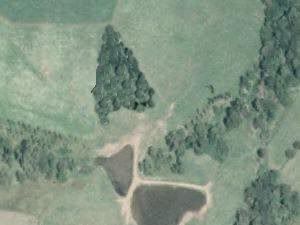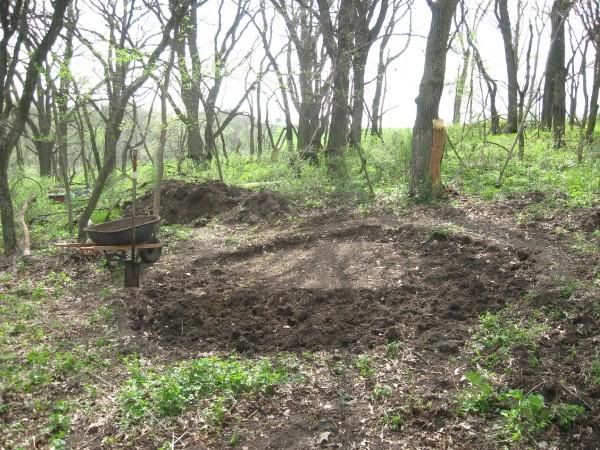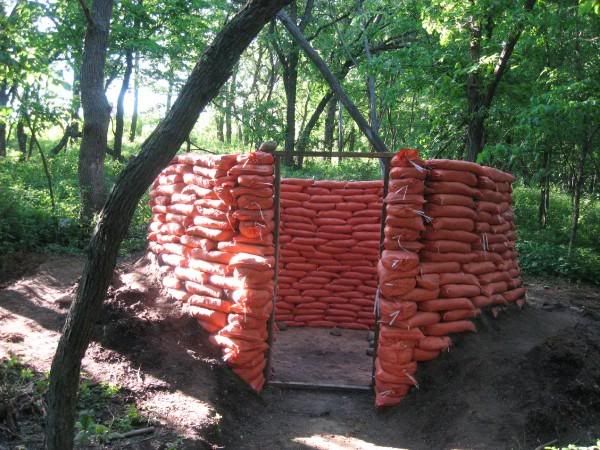

















 1
1












Principal - Terra Phoenix Design
http://TerraPhoenixDesign.com




 2
2





Brave New Leaf - Everyman Environmentalism
http://www.bravenewleaf.com
 2
2








[img]http://i109.photobucket.com/albums/n52/havlik1/permie%20pics2/permiepotrait3pdd.jpg[/img]
"One cannot help an involuntary process. The point is not to disturb it. - Dr. Michel Odent













[img]http://i109.photobucket.com/albums/n52/havlik1/permie%20pics2/permiepotrait3pdd.jpg[/img]
"One cannot help an involuntary process. The point is not to disturb it. - Dr. Michel Odent









[img]http://i109.photobucket.com/albums/n52/havlik1/permie%20pics2/permiepotrait3pdd.jpg[/img]
"One cannot help an involuntary process. The point is not to disturb it. - Dr. Michel Odent








 )and was standing on my front porch waiting to run into the deep creek bed that curved behind my house. It went about 1/2 mile south of me. whew.
)and was standing on my front porch waiting to run into the deep creek bed that curved behind my house. It went about 1/2 mile south of me. whew.[img]http://i109.photobucket.com/albums/n52/havlik1/permie%20pics2/permiepotrait3pdd.jpg[/img]
"One cannot help an involuntary process. The point is not to disturb it. - Dr. Michel Odent








[img]http://i109.photobucket.com/albums/n52/havlik1/permie%20pics2/permiepotrait3pdd.jpg[/img]
"One cannot help an involuntary process. The point is not to disturb it. - Dr. Michel Odent
 1
1








[img]http://i109.photobucket.com/albums/n52/havlik1/permie%20pics2/permiepotrait3pdd.jpg[/img]
"One cannot help an involuntary process. The point is not to disturb it. - Dr. Michel Odent








[img]http://i109.photobucket.com/albums/n52/havlik1/permie%20pics2/permiepotrait3pdd.jpg[/img]
"One cannot help an involuntary process. The point is not to disturb it. - Dr. Michel Odent









[img]http://i109.photobucket.com/albums/n52/havlik1/permie%20pics2/permiepotrait3pdd.jpg[/img]
"One cannot help an involuntary process. The point is not to disturb it. - Dr. Michel Odent
























 1
1




 1
1




 ? what about food? temps like that coupled with the humidity are dangerous and an earthbag or underground shelter would be very advantageous.
? what about food? temps like that coupled with the humidity are dangerous and an earthbag or underground shelter would be very advantageous. [img]http://i109.photobucket.com/albums/n52/havlik1/permie%20pics2/permiepotrait3pdd.jpg[/img]
"One cannot help an involuntary process. The point is not to disturb it. - Dr. Michel Odent




Brenda
Bloom where you are planted.
http://restfultrailsfoodforestgarden.blogspot.com/













LoonyK wrote:
about a month ago, I was trying to build a structure out of earthbags. Didn't turn out how I had hoped, but overall a success considering its first thing I ever tried to build. Haven't worked on it for a month though because was raining all the time and can't work with mud.
Its about mile from where I live, so its a good emergency hideout because seems like I'm over there and get caught in storms.
 2
2


















|
Make yourself as serene as a flower, as a tree. And on wednesdays, as serene as this tiny ad:
Learn Permaculture through a little hard work
https://wheaton-labs.com/bootcamp
|





